From low culture to high arts, it seems that “immersive experiences” are everywhere. Let’s take London as an example. In the music space, we have ABBA Voyage and Elvis Evolution. Both combine computer graphics, live performance and thumping music to create multimedia shows which are far richer than the regular concert experience. Fascinated by oceanic disasters? Titanic - Echoes from the Past promises a “unique, immersive experience that blends history, technology, and emotions”, mainly with the help of VR headsets. Devotees of high culture with FOMO need not despair. There are immersive exhibitions spanning artists as diverse as Claude Monet, Salvador Dali and David Hockney. Critics would say such shows debase their works, but there is something to be said about introducing established artists to a new audience. The average gen-Z/Alpha neophyte may be more inclined to fork out £24.90 and visit the Van Gogh: The Immersive Experience in Shoreditch than to see the excellent Van Gogh paintings on show at the (free) National Gallery.
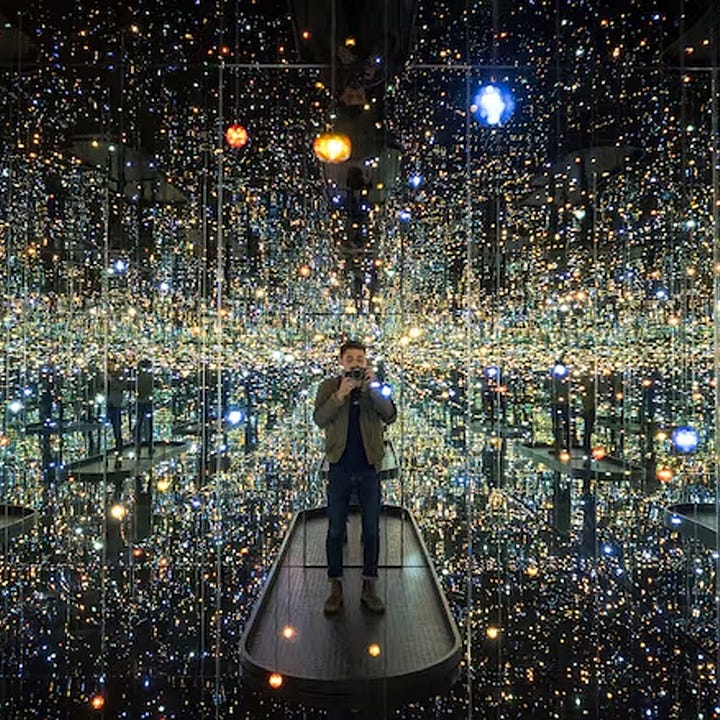
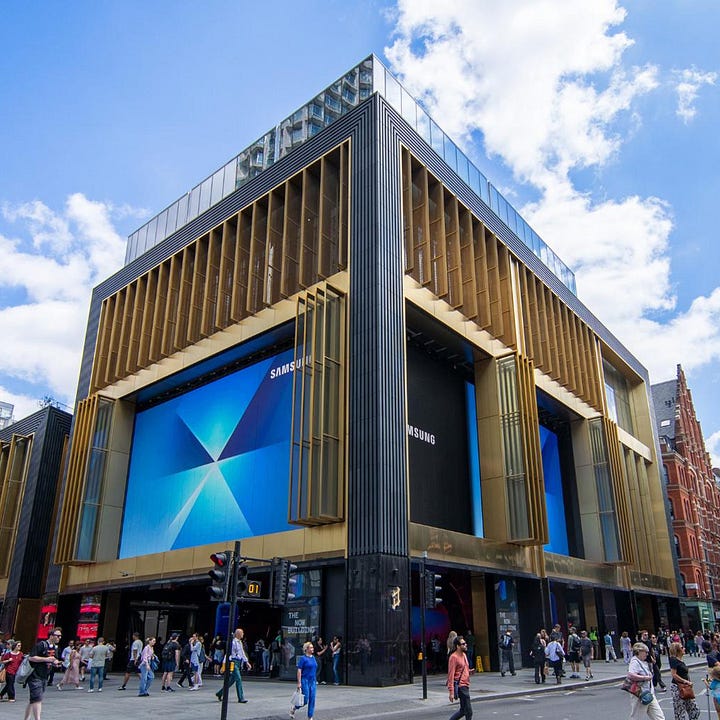
Many such experiences are “immersive” in the sense that they project specially commissioned films onto all the walls, floors and ceilings of a confined space, enveloping viewers from every angle. This approach is inspired by artists such as Yayoi Kusama with her Infinity Mirror Rooms and the Rain Room by Random International. Multiple purpose-built venues have sprung up to host such exhibitions, including the Lightroom in Coal Drops Yard, Frameless in Marble Arch, NEON at the Battersea Power Station and the Outernet London at Tottenham Court Road. The last on the list is the largest digital exhibition space in Europe and claims to be the top tourist attraction in London with more visitors than the British Museum.
Such multi-media, multi-sensory and multi-dimensional experiences have been touted as the future of entertainment. The reality is that human experience has always been multi-everything until we got blinkered by our touch-screen devices, and designers have been creating immersive experiences way before video projections became commonplace.
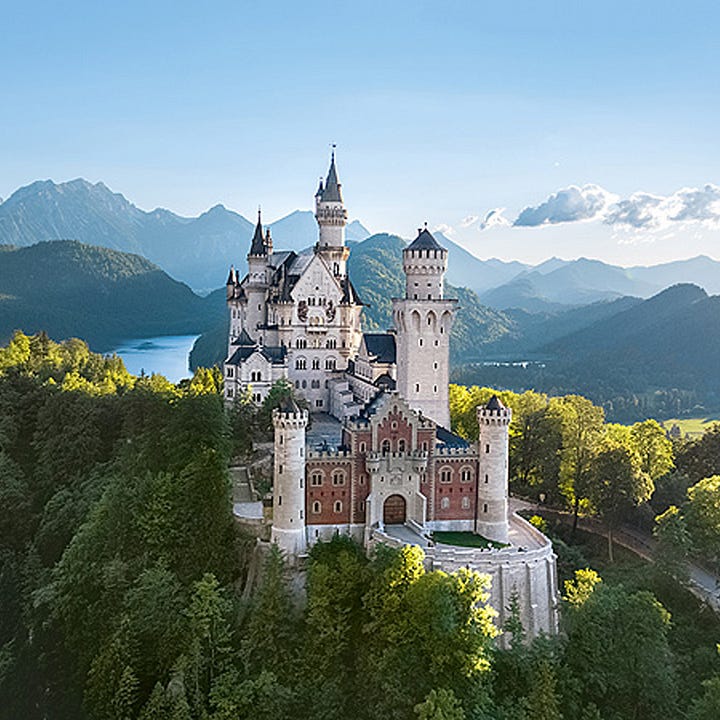
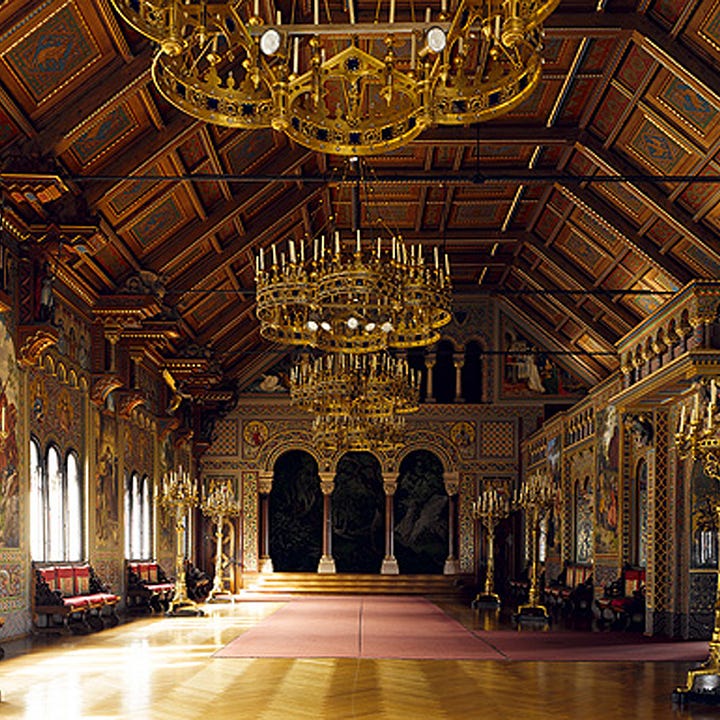
Rich patrons have a long history of commissioning artists and designers to create their own fantasy worlds. “Mad” King Ludwig II of Bavaria built Neuschwanstein Castle as a personal Richard Wagner theme park. Regarded as the archetypal romantic castle and inspiration behind Disney’s Cinderella Castle, Neuschwanstein has halls, rooms and grottoes decorated to create the romantic ideal of a medieval German knight’s castle as depicted in Wagner’s operas.
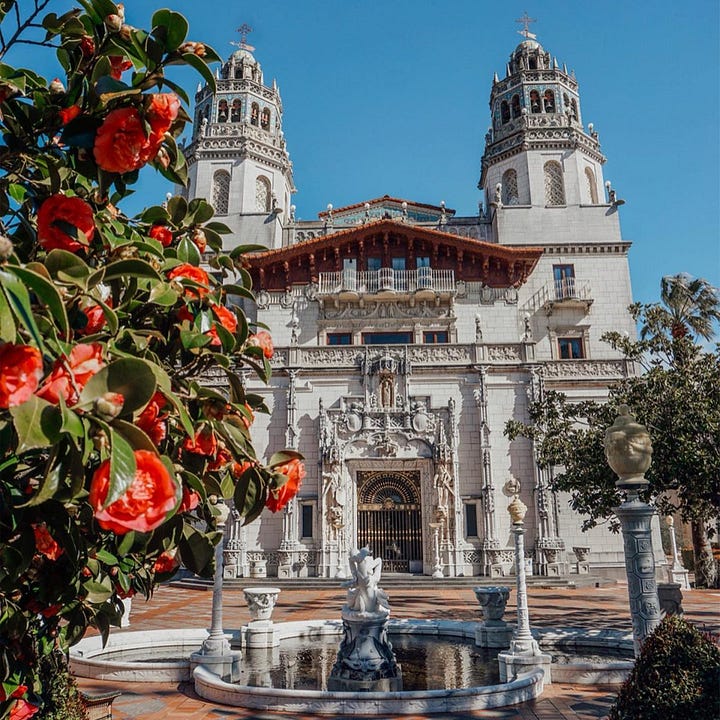
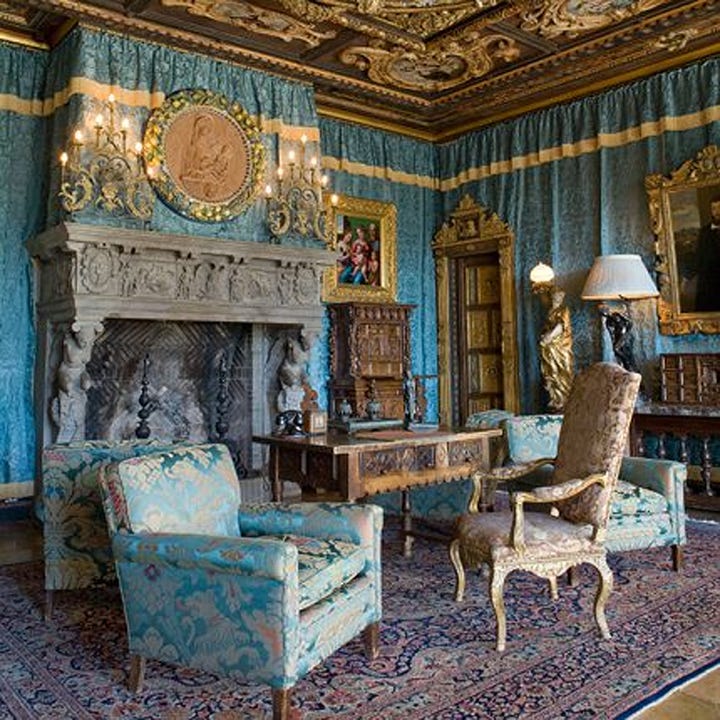
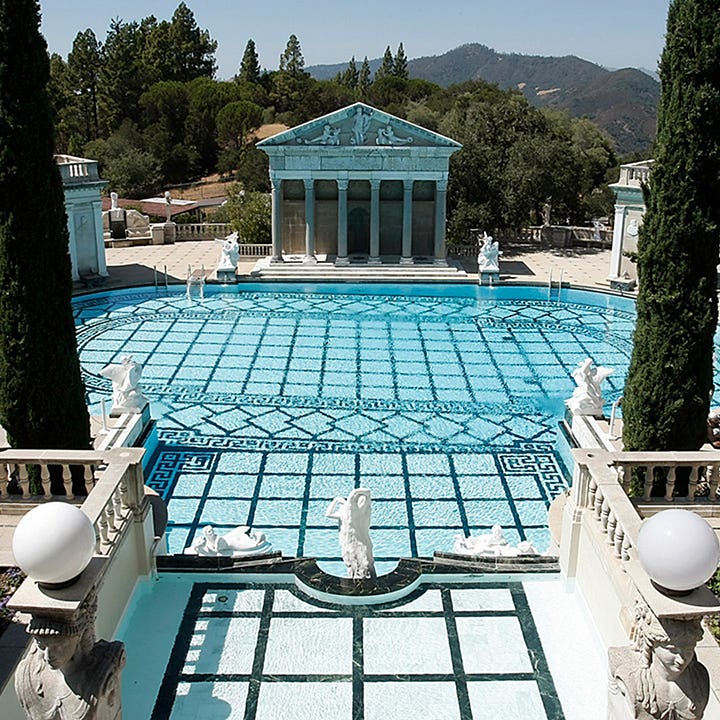
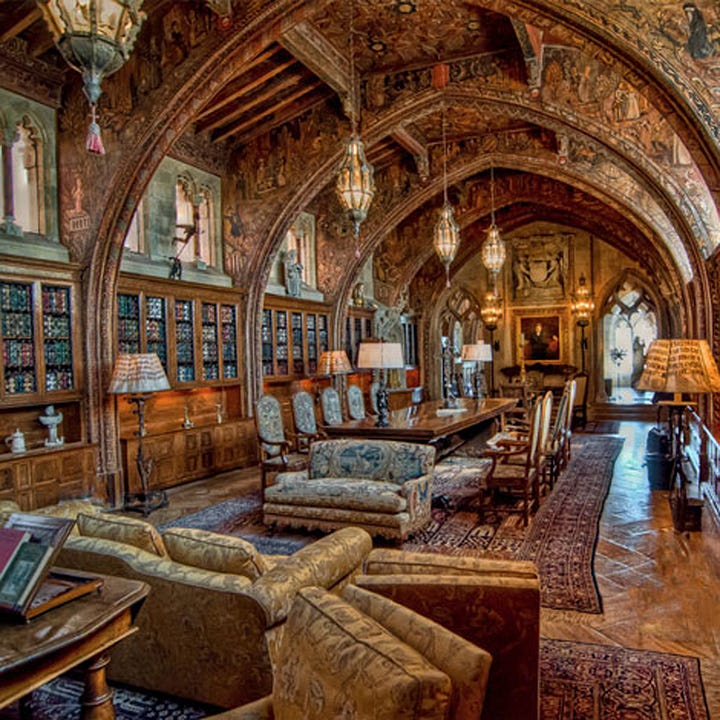
Fast forward to the 1920s, press baron Willam Randolph Hearst had built himself an opulent castle in a remote corner of California. Hearst Castle is the epitome of the Spanish colonial revival style - a smorgasbord of bell towers, turrets and gardens stuffed with furniture, art, ceilings and staircases collected by Hearst from Europe. Some might feel it is excessive and kitsch, but visitors today (it is now a museum) will be transported to a world where the best of old Europe meets the brash confidence of new America, with a sprinkling of Hollywood glamour. Elon Musk, on the other hand, apparently lives in a pre-fab mini-home, decorated no doubt with piles of share options.
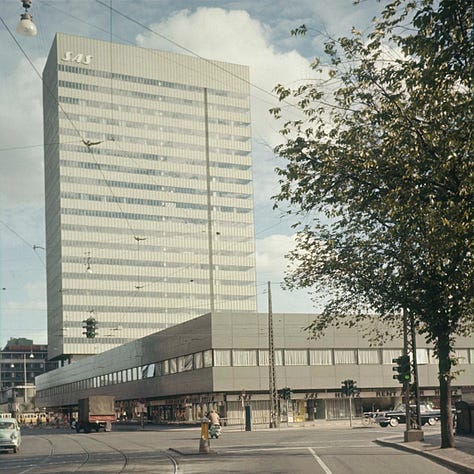
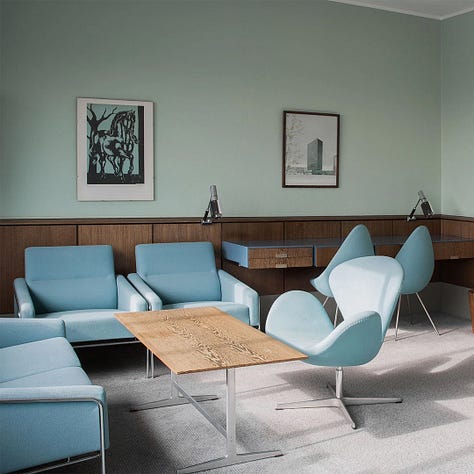
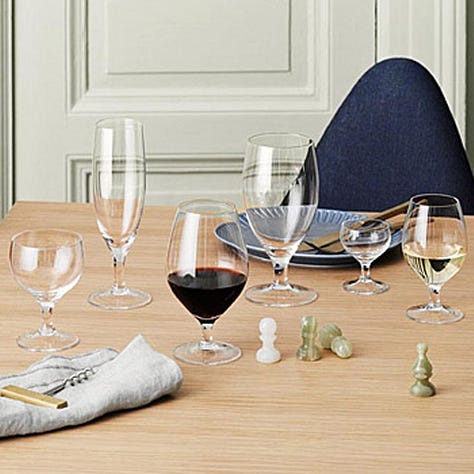
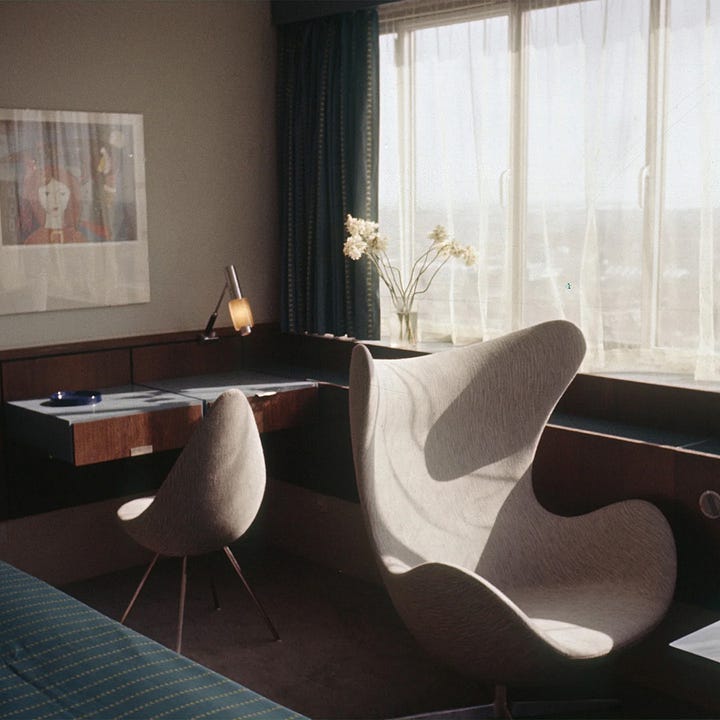
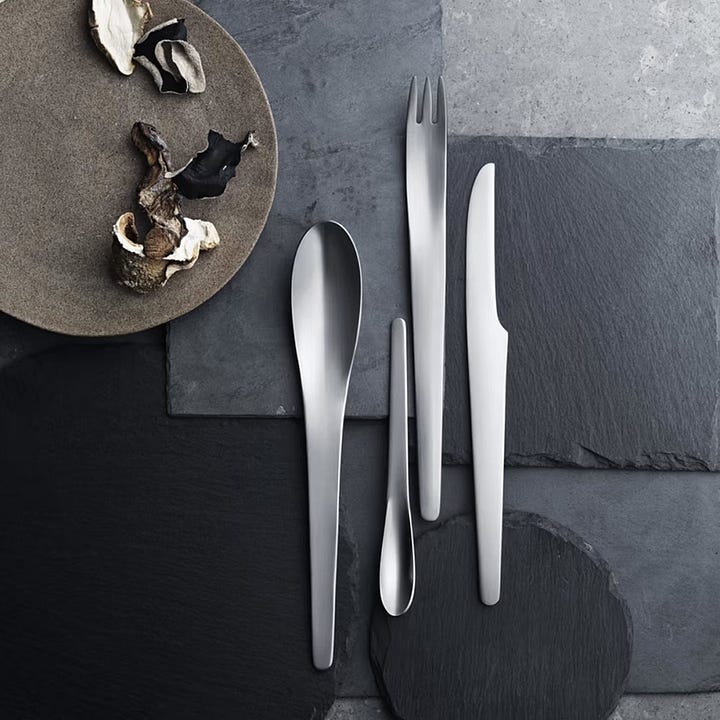
Where wealthy patrons go, rich corporations follow. Hotel brands, for example, are keen proponents of immersive design. Afterall, nobody wants to fork out a fortune to stay in a room which looks exactly like their home, but they are more willing to do so in a themed hotel where they can live out their fantasy for a few days. A great example is the SAS Royal Hotel in Copenhagen, designed by Arne Jacobsen in 1960. Not only did Jacobsen design the sleek, minimalist building, he also designed all of the furniture (including the iconic Swan and Egg chairs), lights and fabrics, as well as every detail down to the door handles, glasses and cutlery. The result of this “total design” is a modernist masterpiece, with the restrained architecture balanced by the organic shaped furniture and natural colours inside. The hotel is still in operation today (now the Radisson Royal Collection Hotel) and you can stay in some of the original rooms with every detail as designed by Jacobsen. It is every mid-century modern obsessive’s dream come true.

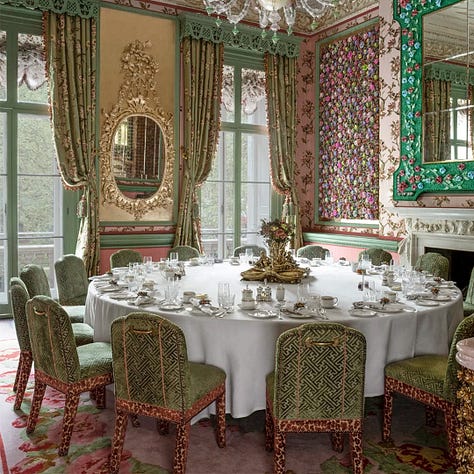
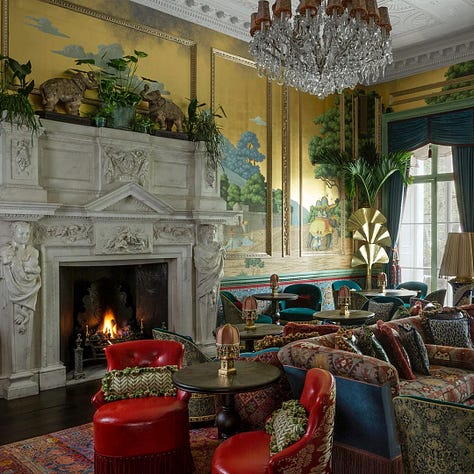
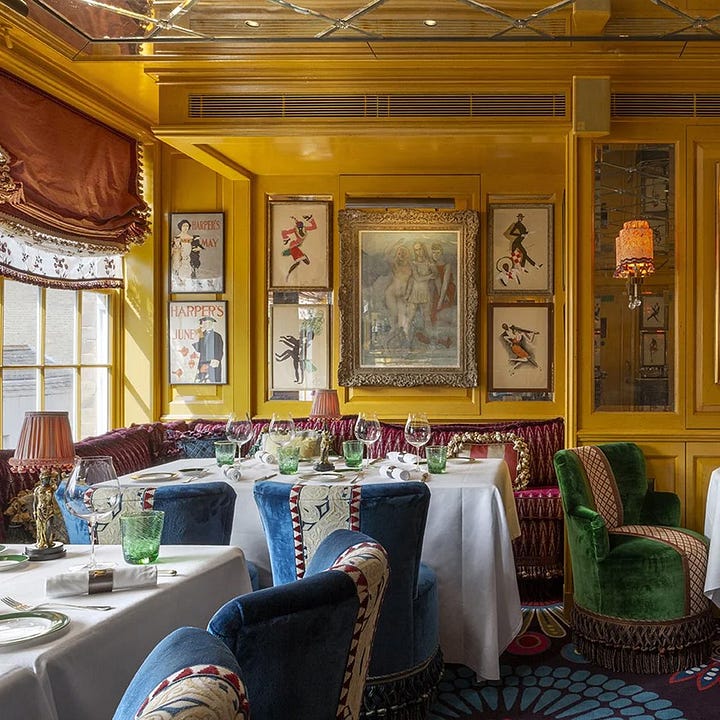
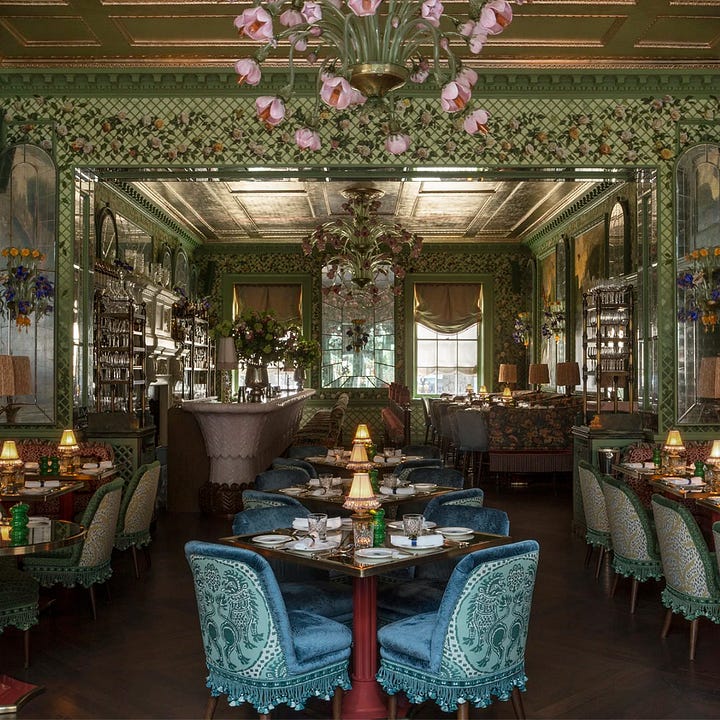
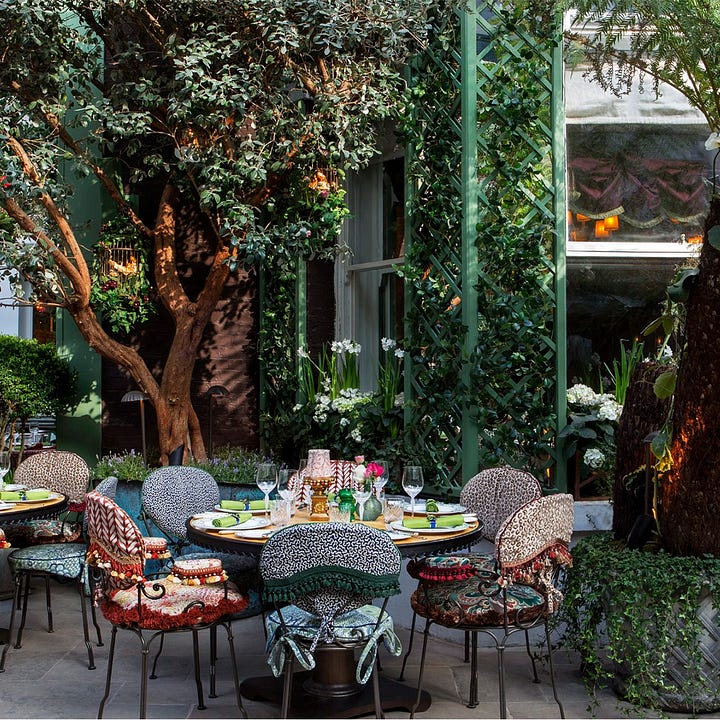
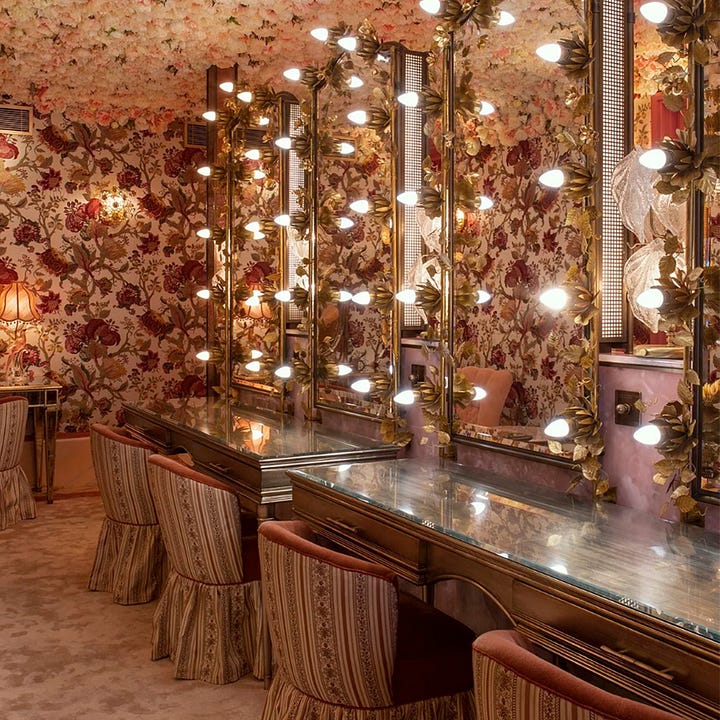
On a smaller scale, interior designers are often called upon to create all-enveloping spaces based on fantastical themes. Martin Brudzinski’s design for Annabel’s, for instance, features floral patterns and exuberant prints on almost every surface, including the ceiling of the ladies’ powder room. Each floor of the building tells a different story based on historical gardens, as if it was the house of an eccentric garden-obsessed English gentleman. The over-the-top design overwhelms your senses the minute you step inside, the perfect impression for what is probably the most famous and exclusive private member’s club in London.
If your interior design budget doesn’t stretch to hiring Martin Brudzinski, you can nevertheless create your own immersive experience if you follow the dictates of a specific brand or designer. Luxury brands from Dolce & Gabbana and Gucci to Fendi and Giorgio Armani have created interior collections which include furniture, lighting, soft furnishings, tableware and even kitchen appliances and bathrooms. If you are so inclined (please don’t take this as an endorsement) you could out-bling your neighbours by creating a full blown branded space at home. Or you could select your favourite multi-disciplinary designer, such as Patricia Urquiola, and create your own total design experience.
Many would say travelling - where you can enjoy a multi-sensory experience in a novel environment - is the original and best immersive experience. Perhaps this is the lesson: the best way to stimulate our mind is to tear ourselves away from our screens, try something new and different, and enjoy the experience with all our senses.
For more great product ideas for your own grand total design experience, visit us at www.do-shop.com.



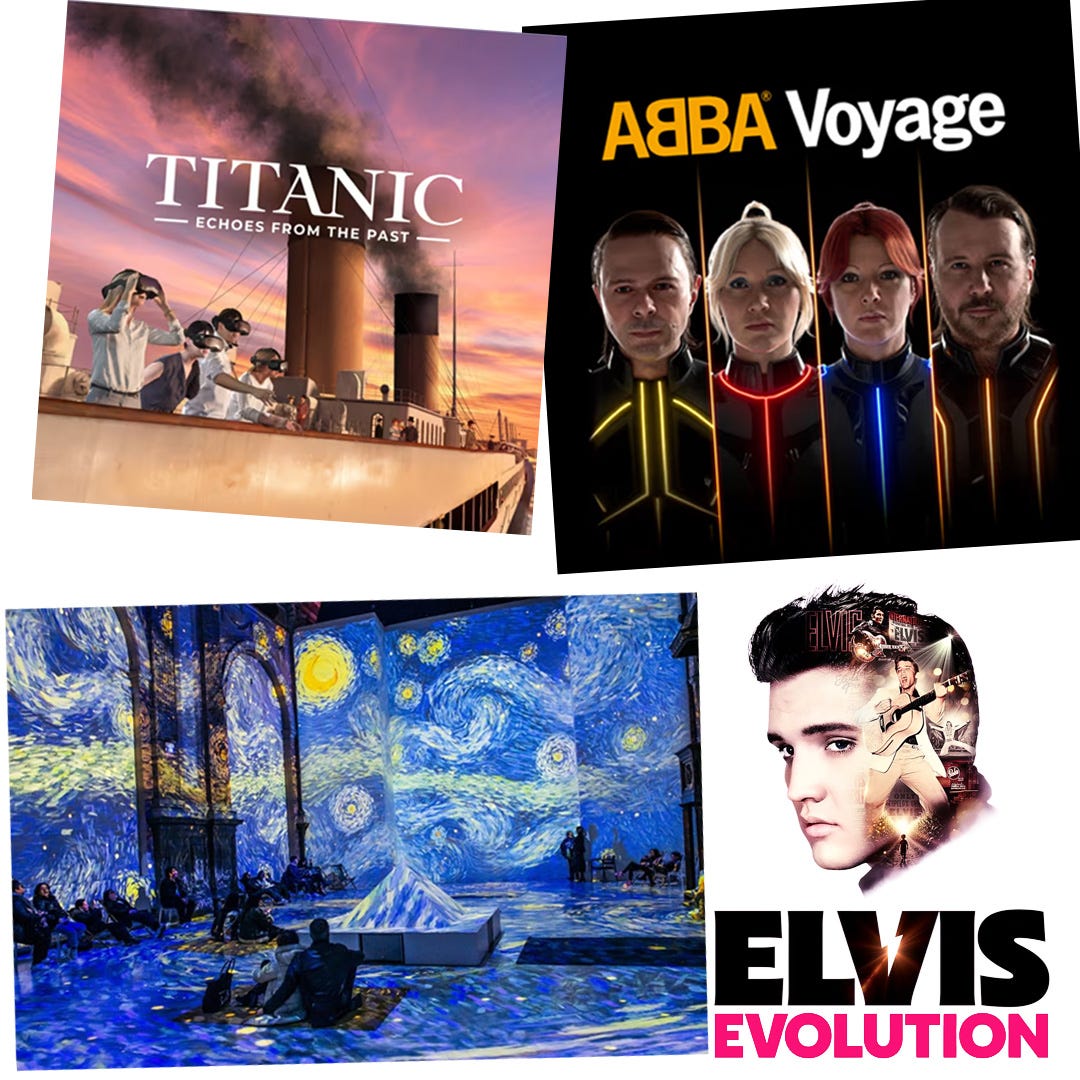
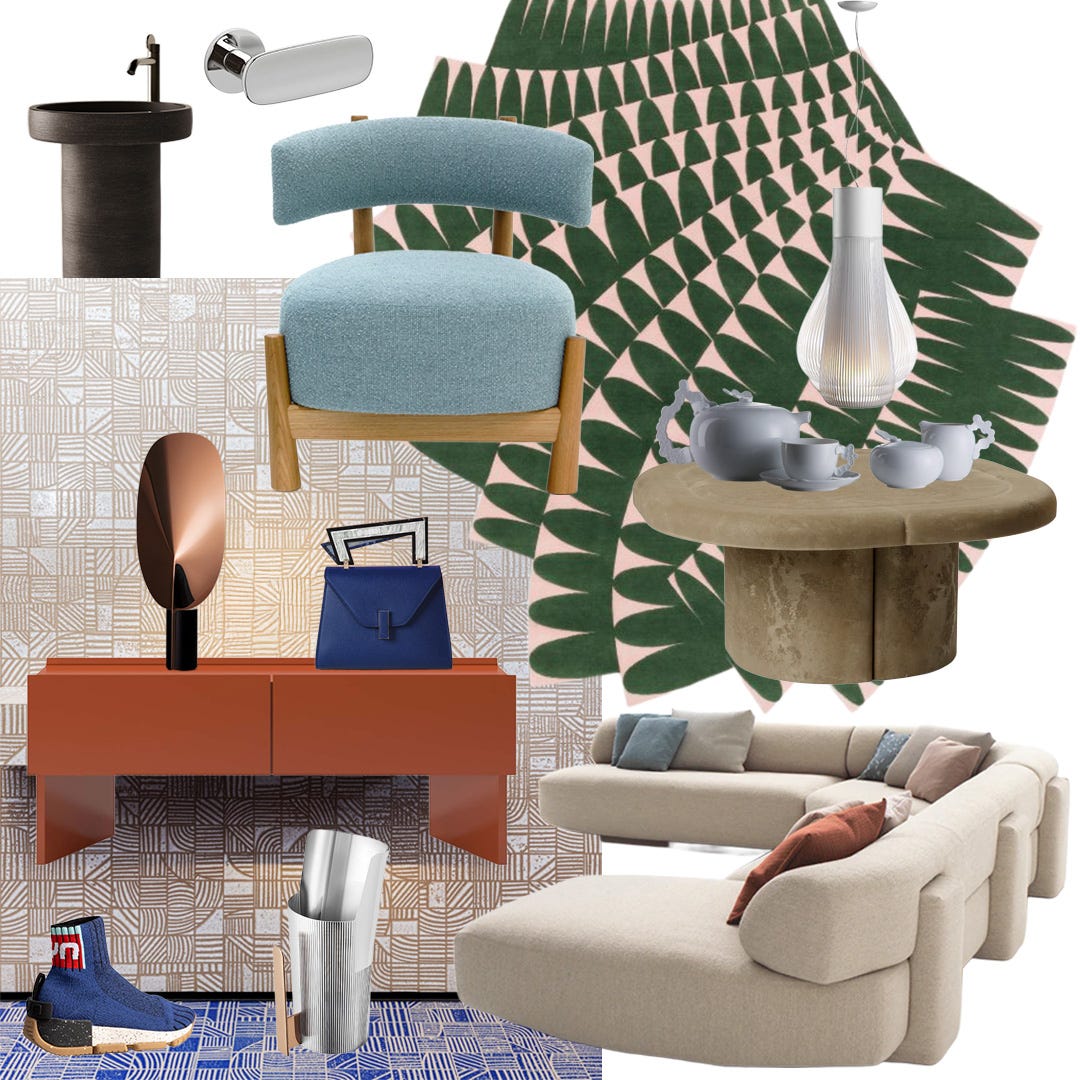
Mega interesting ! 🤩
And in addition:
Beautifully and wittily written
10/10 👍🏻
What an insightful piece. As someone who has worked with immersive content, it was intriguing to see it framed this way.